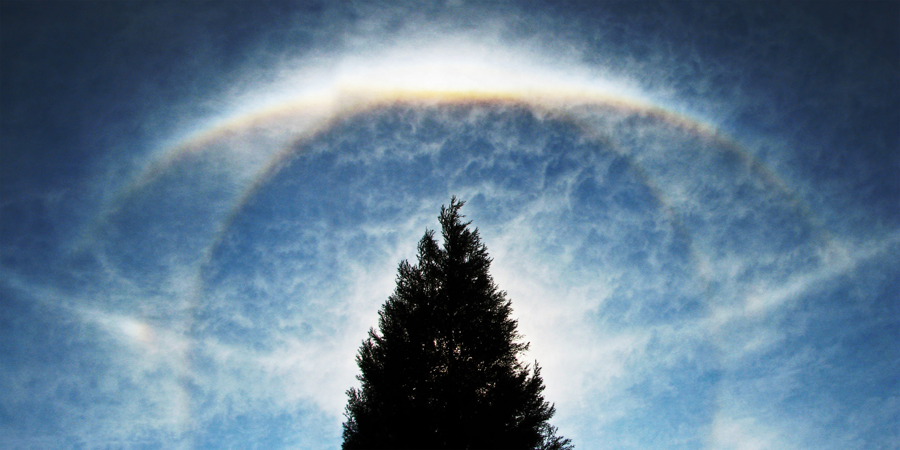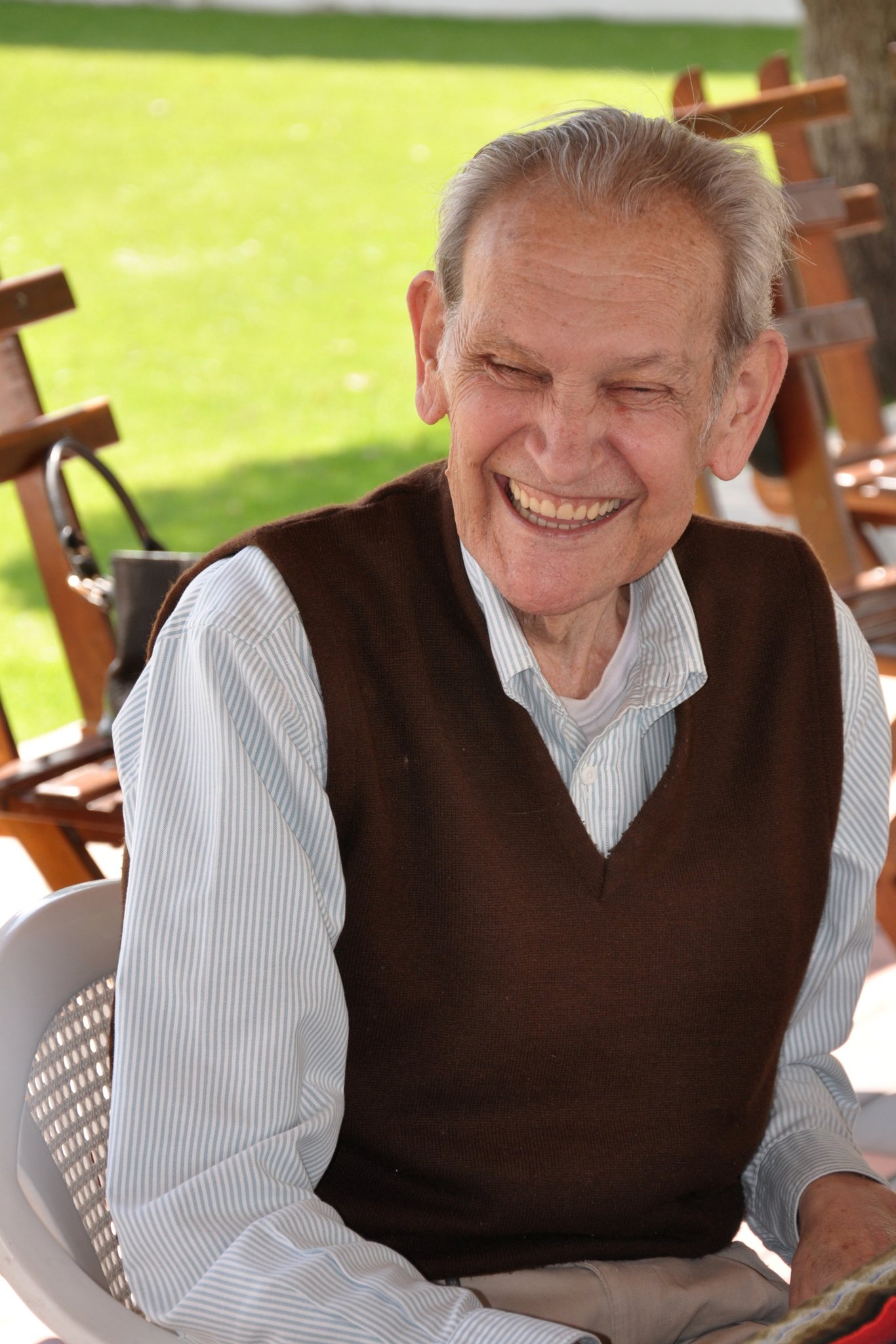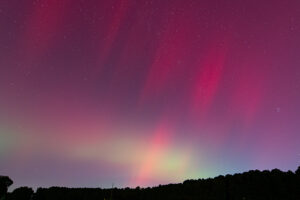During my early days in photography—almost twenty years ago—I had the tendency to label my photos with captions. I have to admit, it was an unusual ritual, not something many photographers did. To me, it felt as if the photos themselves demanded to be labeled, as if they would seem “naked” without a title. I came up with captions that were more elaborate than the simple Opus used by composers, trying to match the tone of the text with the expression of the image.
Not many people saw my photos, but eventually, a photographer critiqued my work (or rather, criticized my captions) in an online gallery. He called me pretentious. Instead of getting angry, I tried to look at things objectively. I realized that with such unnecessary textual embellishment, a casual viewer might think the photographer was suffering from delusions of grandeur. I also have to confess that, in most cases, the captions were better than the photos themselves (but please, don’t tell anyone). Fortunately, today I can pat myself on the back because I see that my work has improved considerably. And although I still occasionally come up with captions in my mind, I no longer label my photos the way I used to.
Out of all my photos, there is one that, in my arrogantly humble opinion, is a good photo with a good title. “The Holy Pine” is one of my favorite photos. Although it holds great emotional value for what it represents, I believe the image has technical and compositional merit, so the criteria for including it in my portfolio are more than purely subjective. Moreover, it’s an image that has a story, but I’ll save that for later.
The photograph captures a fascinating and rare atmospheric phenomenon, where ice particles suspended in very high clouds, called cirrus clouds, dance with the Sun’s rays. The result is a series of circles that seem to crown the pine with an ethereal aura, evoking a sense of reverence and majesty. Both elements—sky and tree—are essential, and together they elevate the image beyond a mere documentary shot. Due to the great symmetry of the halos and sun dogs, I decided to compose the image with the top of the pine centered and adjust the exposure to highlight the texture in the sky.

The pine itself is quite ordinary. If its silhouette were the only element in the photo, it would be a dull image. But without the pine, the intricate cloud formations wouldn’t stand out. The texture of the sky, with its deep shades of blue, would be completely washed out by the intense glare of our star. So, this intentional eclipse—using the pine to block the Sun—allowed the sky and tree to merge into a visual symbiosis that became the true subject of the photo.
Now, for the sentimental part.
In front of the house where I lived, there was a garden bed where no tree could grow. We tried various strategies: water, fertilizer, better soil, pest control… The result was always the same: every tree we planted eventually withered and died.
One day, my father had a bold idea. He asked us to transplant a small pine tree from the farm he inherited from his parents. No one at home wanted to listen to him, but my father’s audacity lay in his persistence. He didn’t give us peace until we finally agreed to the transplant. Fiat voluntas tua. Amen.
To everyone’s surprise, the pine tree survived, even with the minimal care we gave it because of our lack of faith. And not only did it survive: it thrived, becoming one of the tallest trees in the neighborhood. It was as if the pine had absorbed my father’s energy; as if it had transformed his stubbornness into resilience and a firm determination to survive.
I never thought that this tree, which no one initially cared about, would become the subject of one of my best photographs. That’s why the sentimental part of the photo is the memory of my father, his strength to take root in life despite so many adversities, and his ability to always show an optimistic smile until the end.


